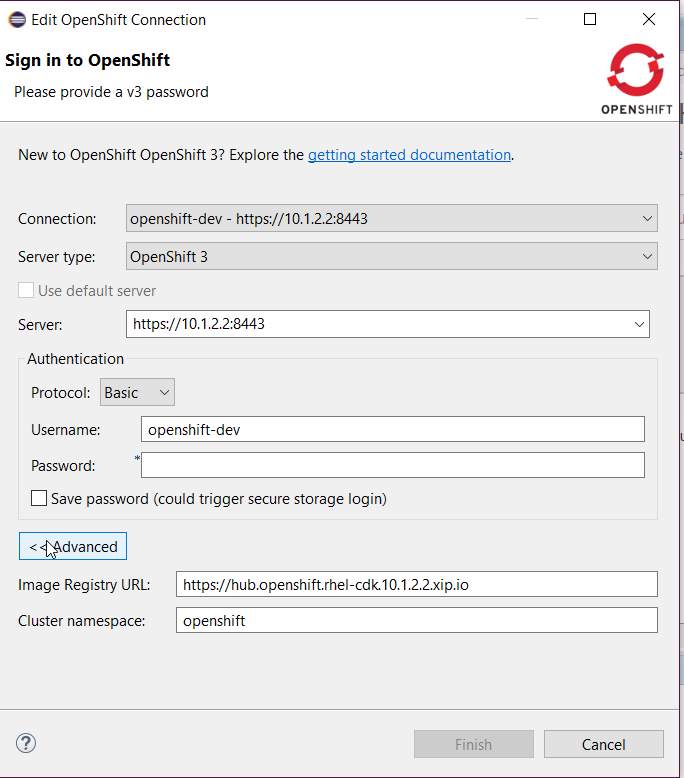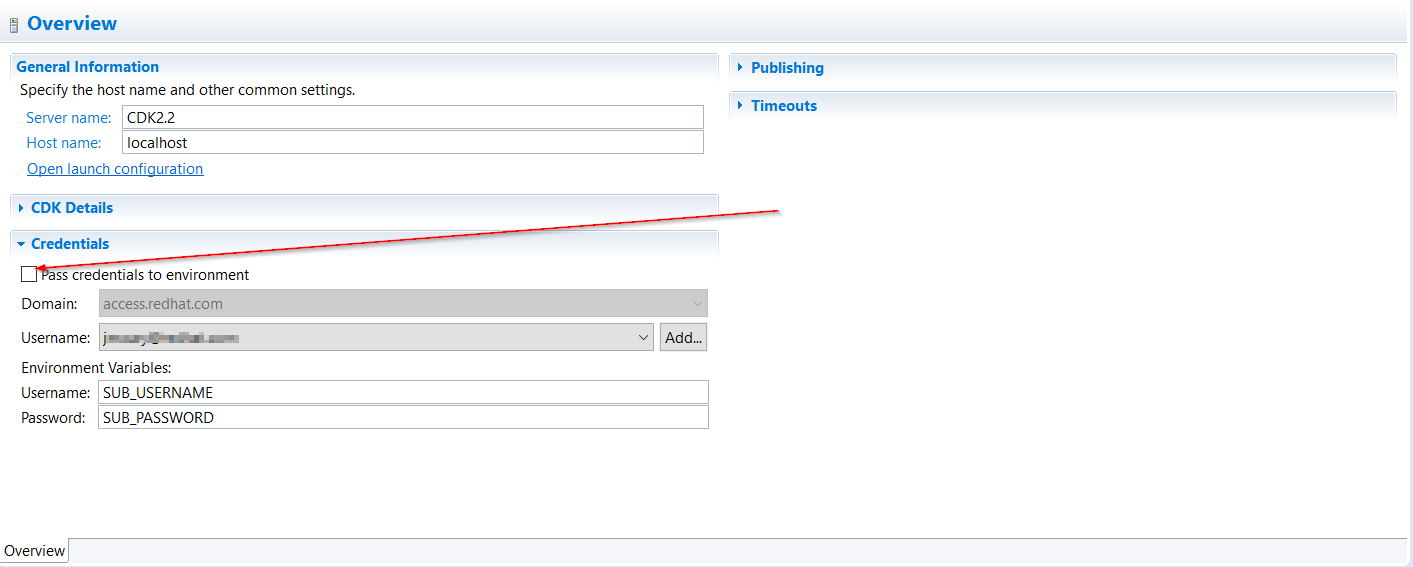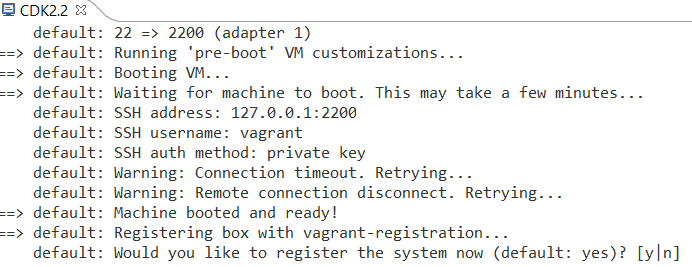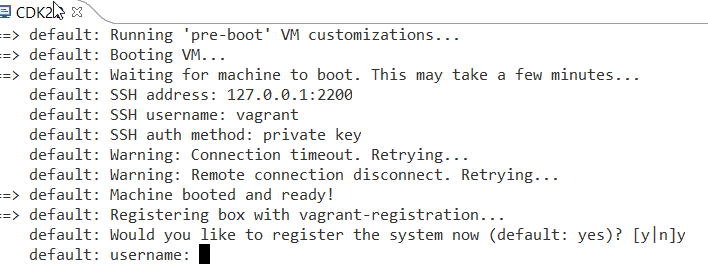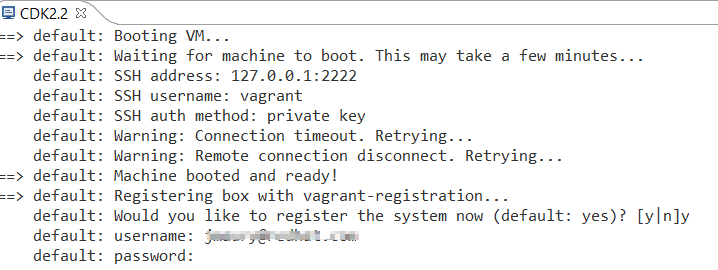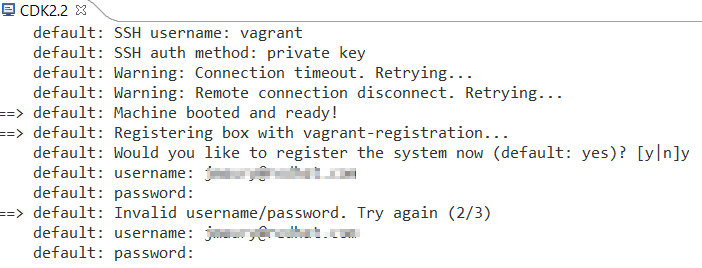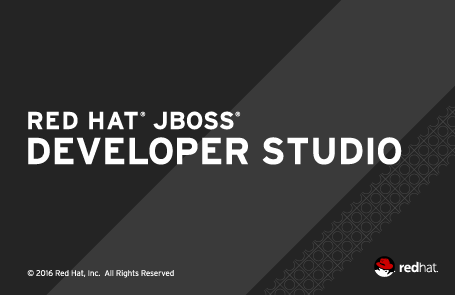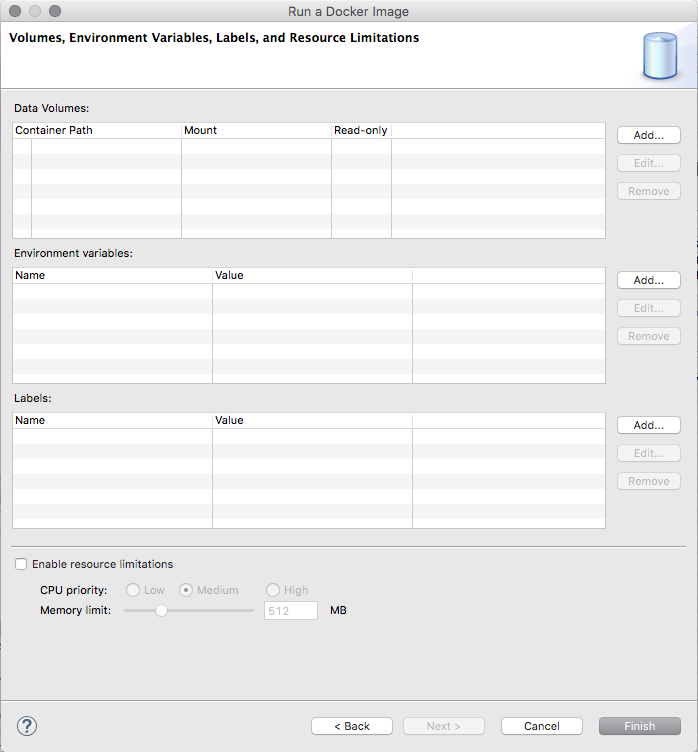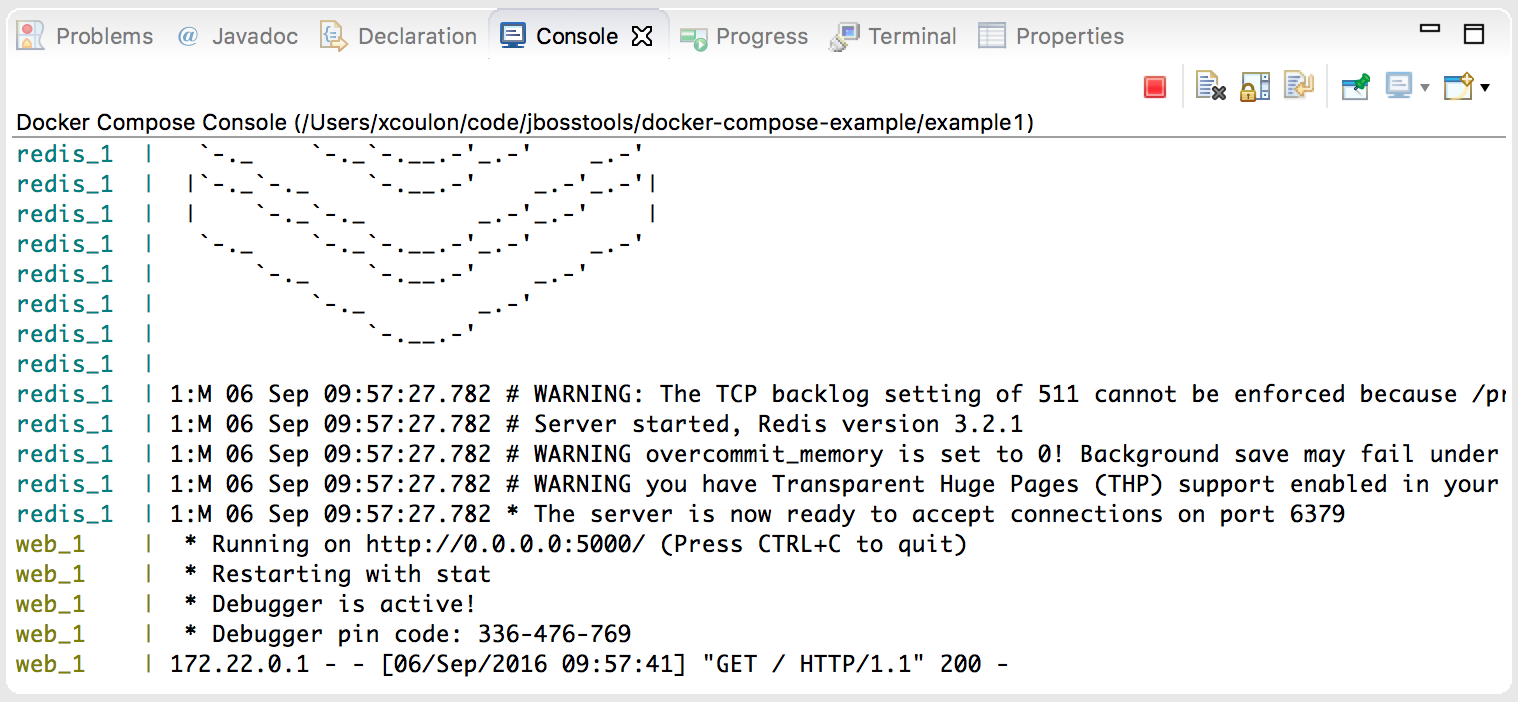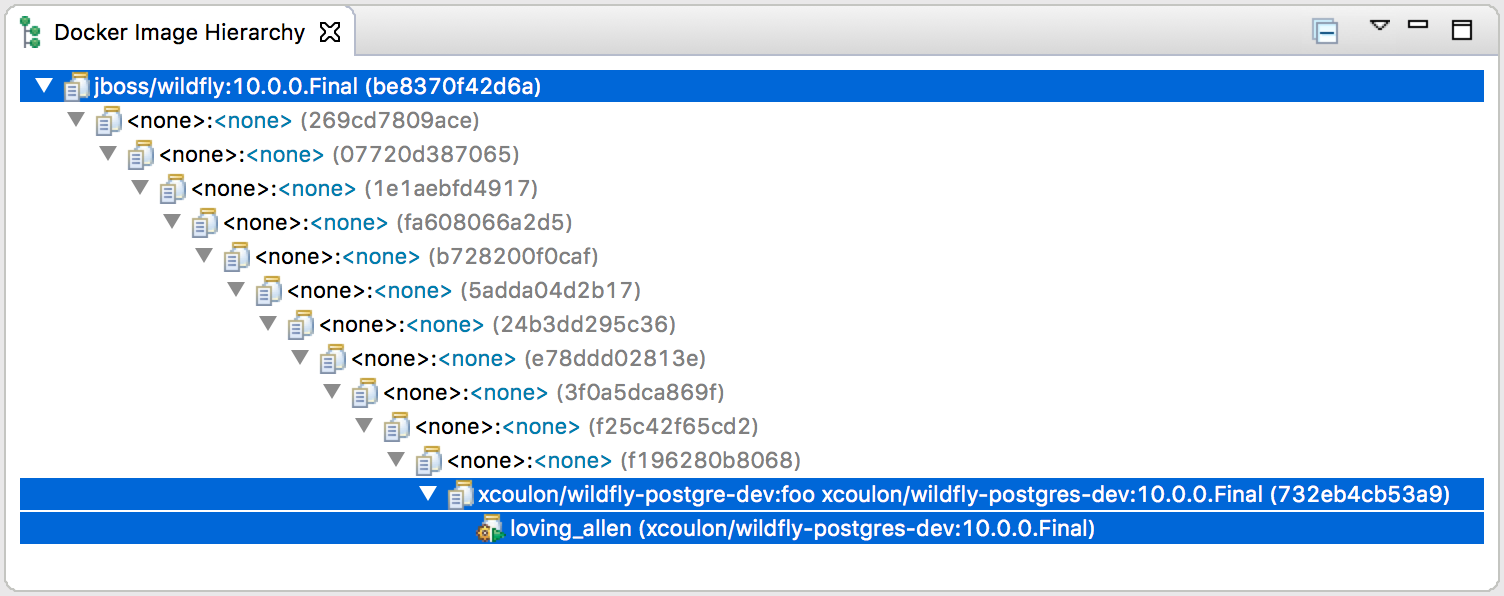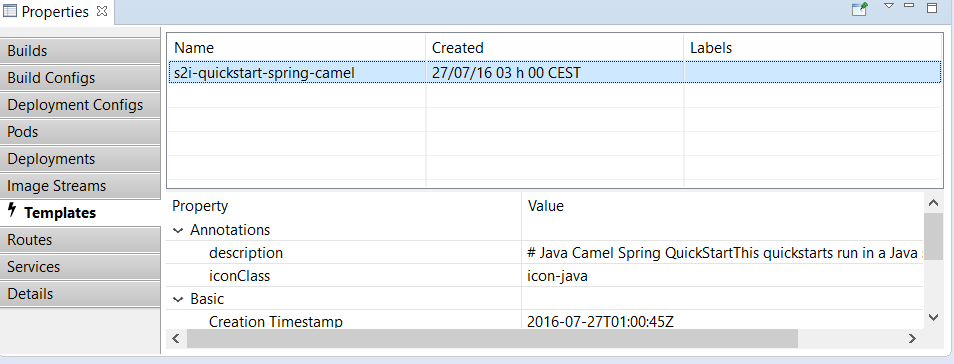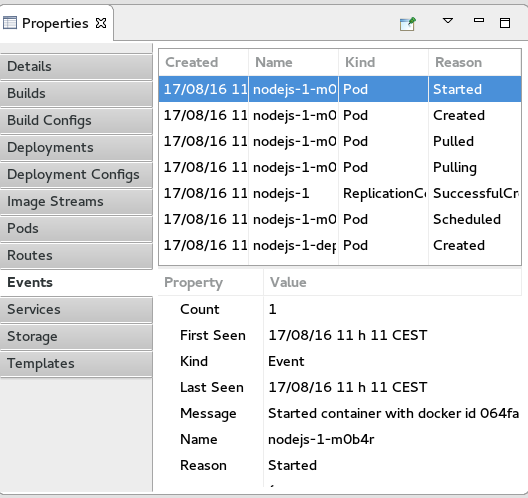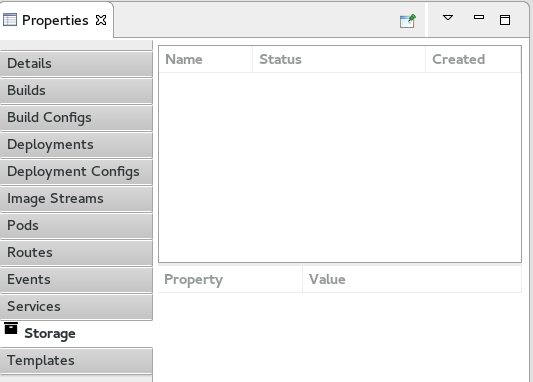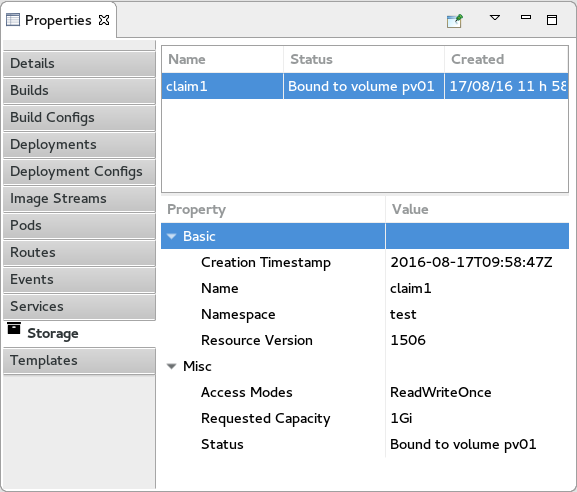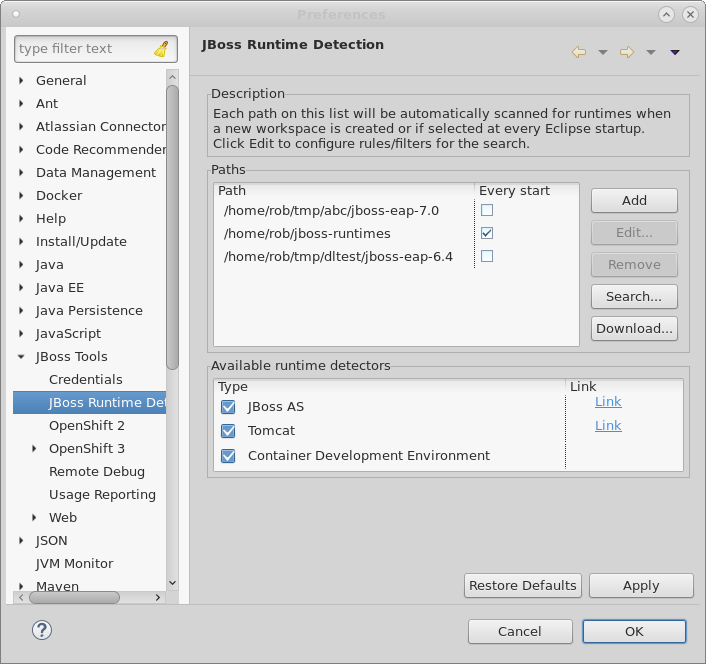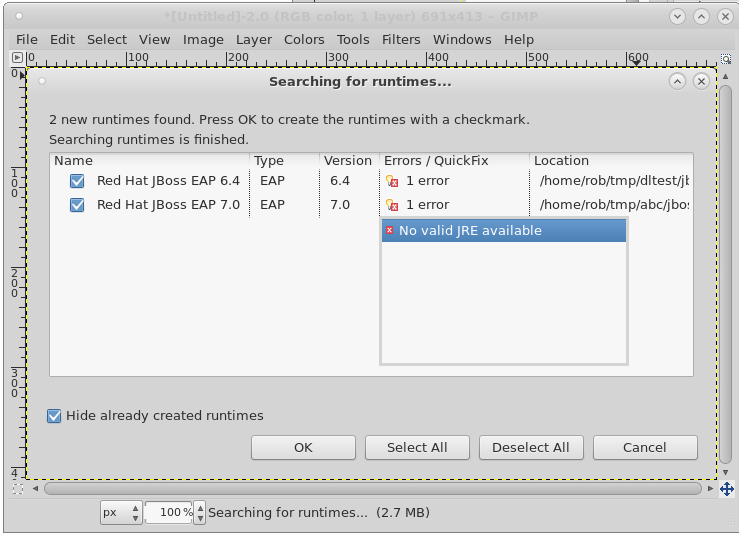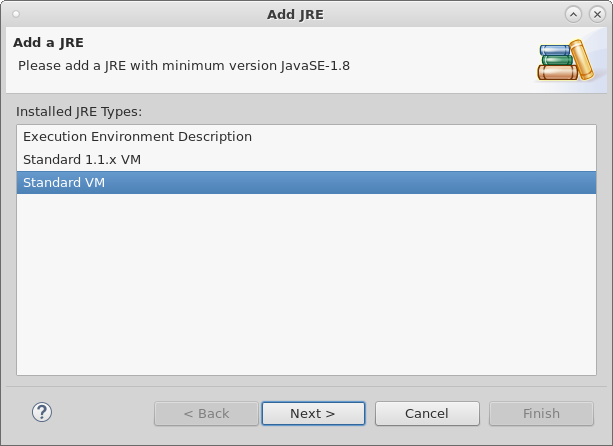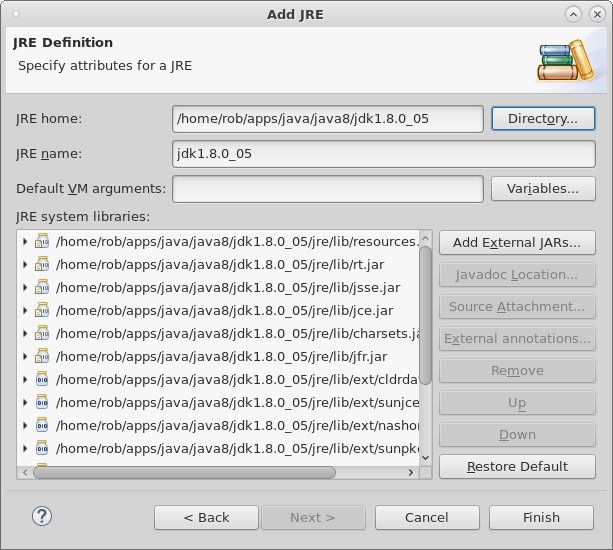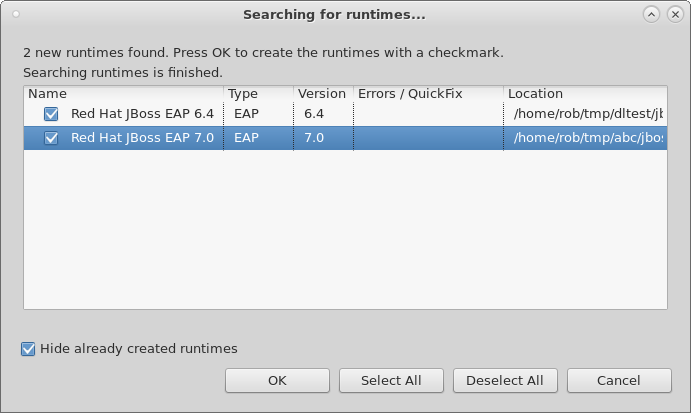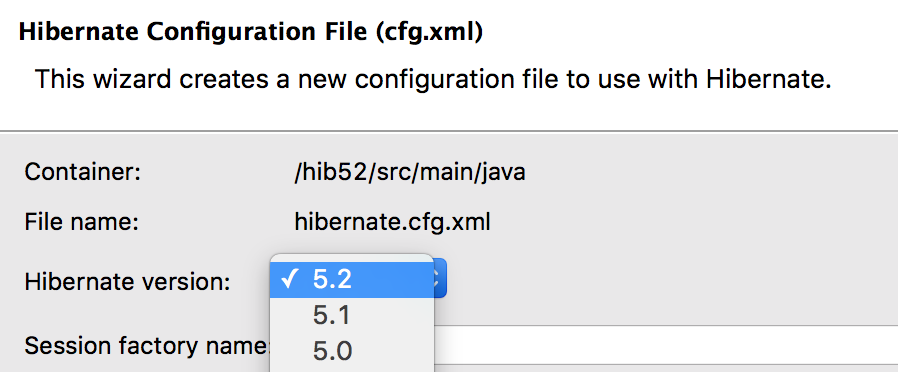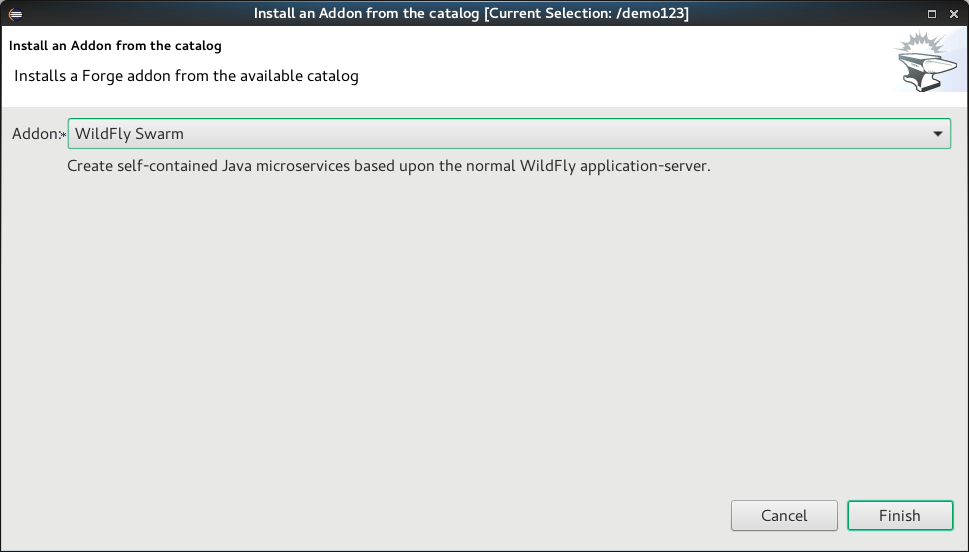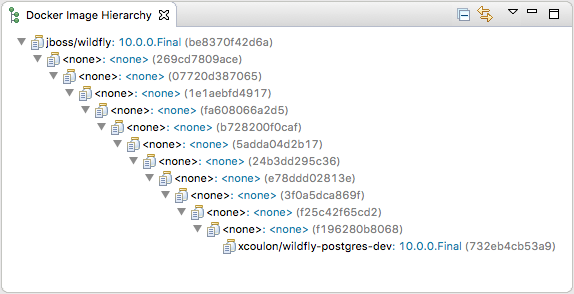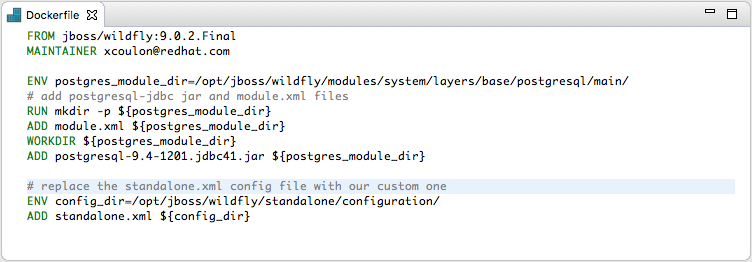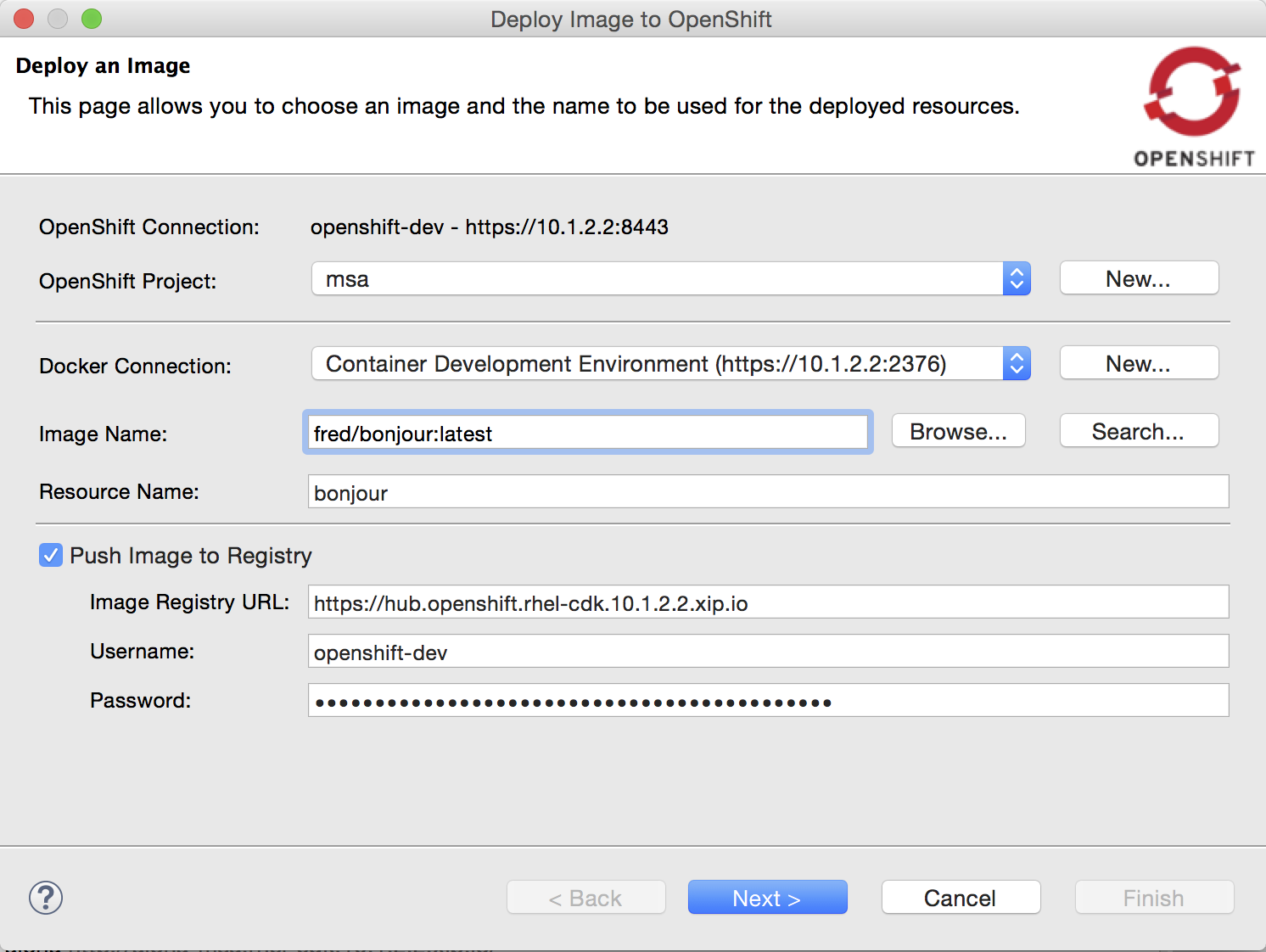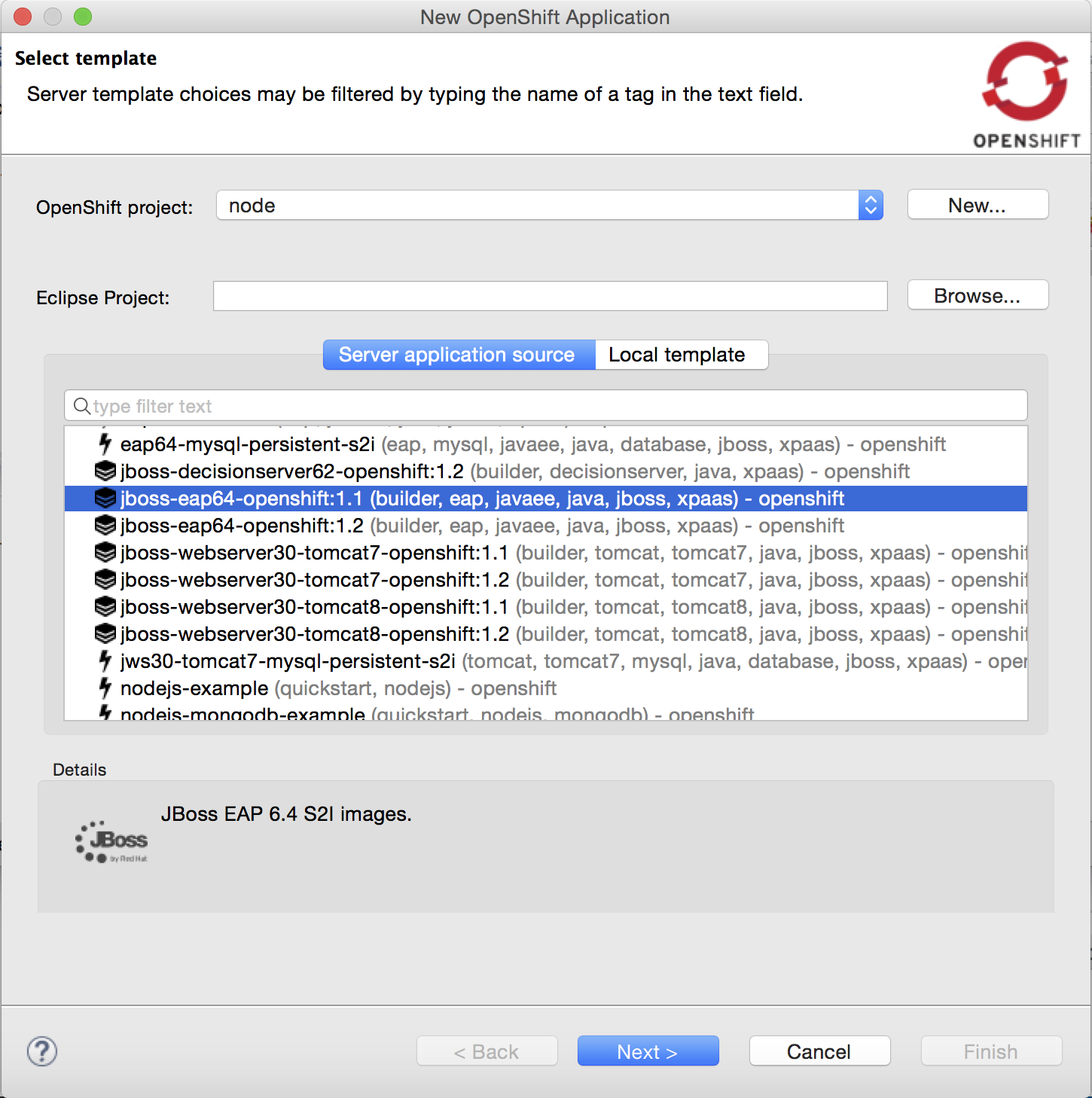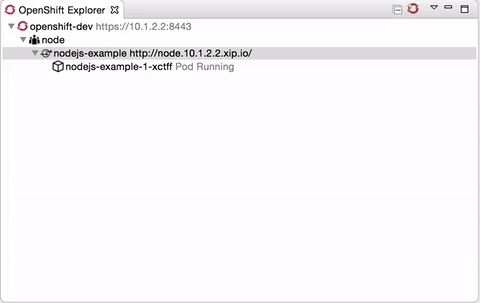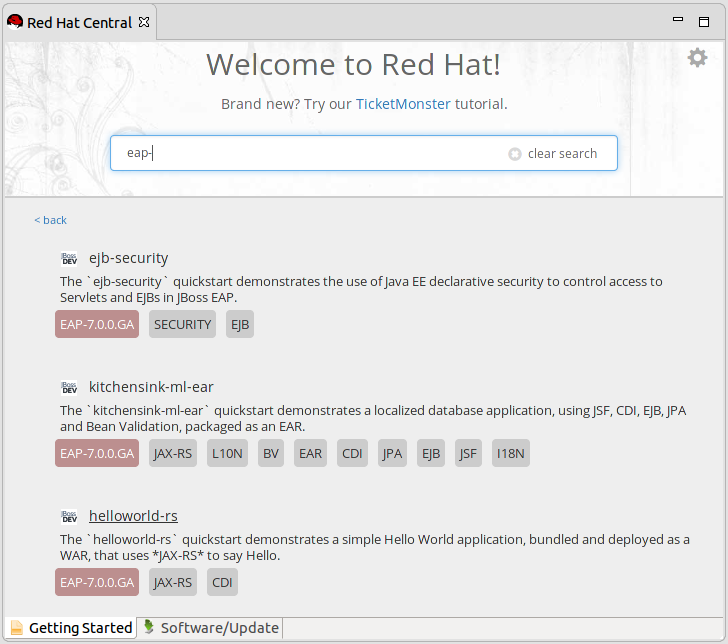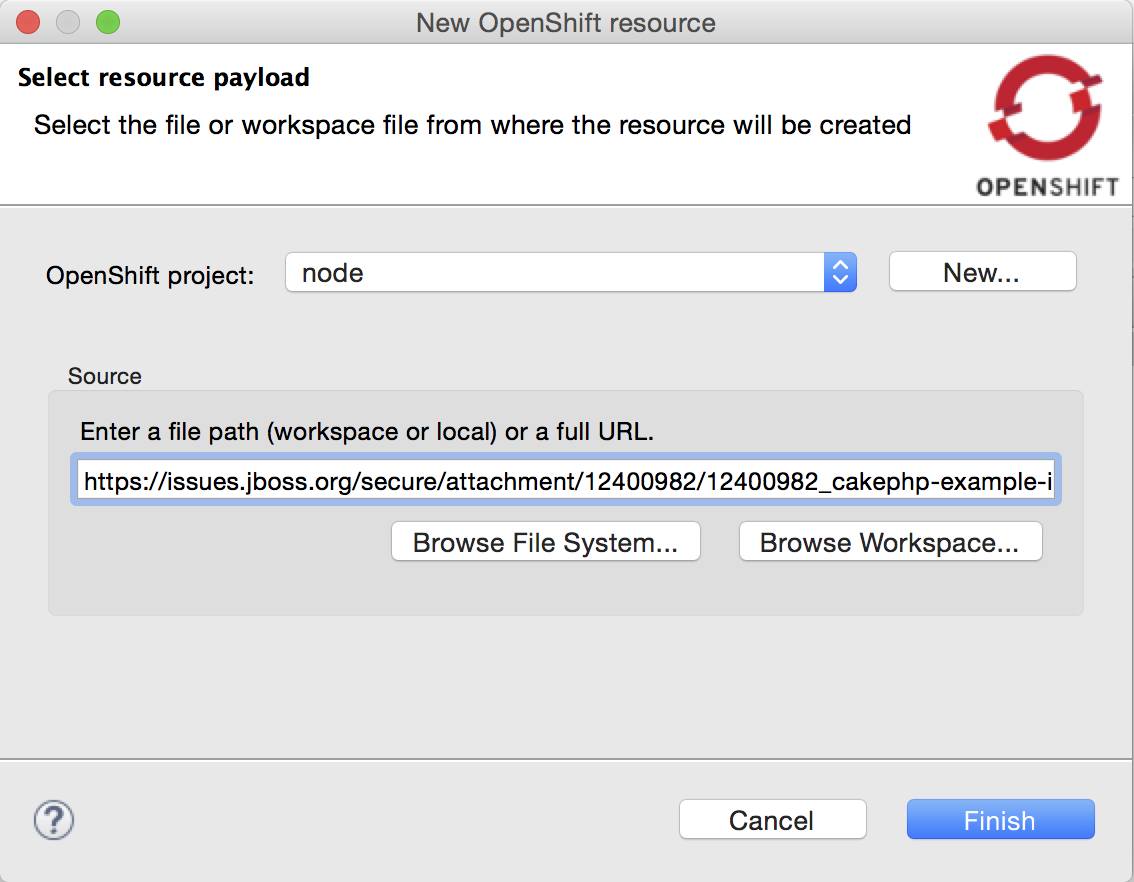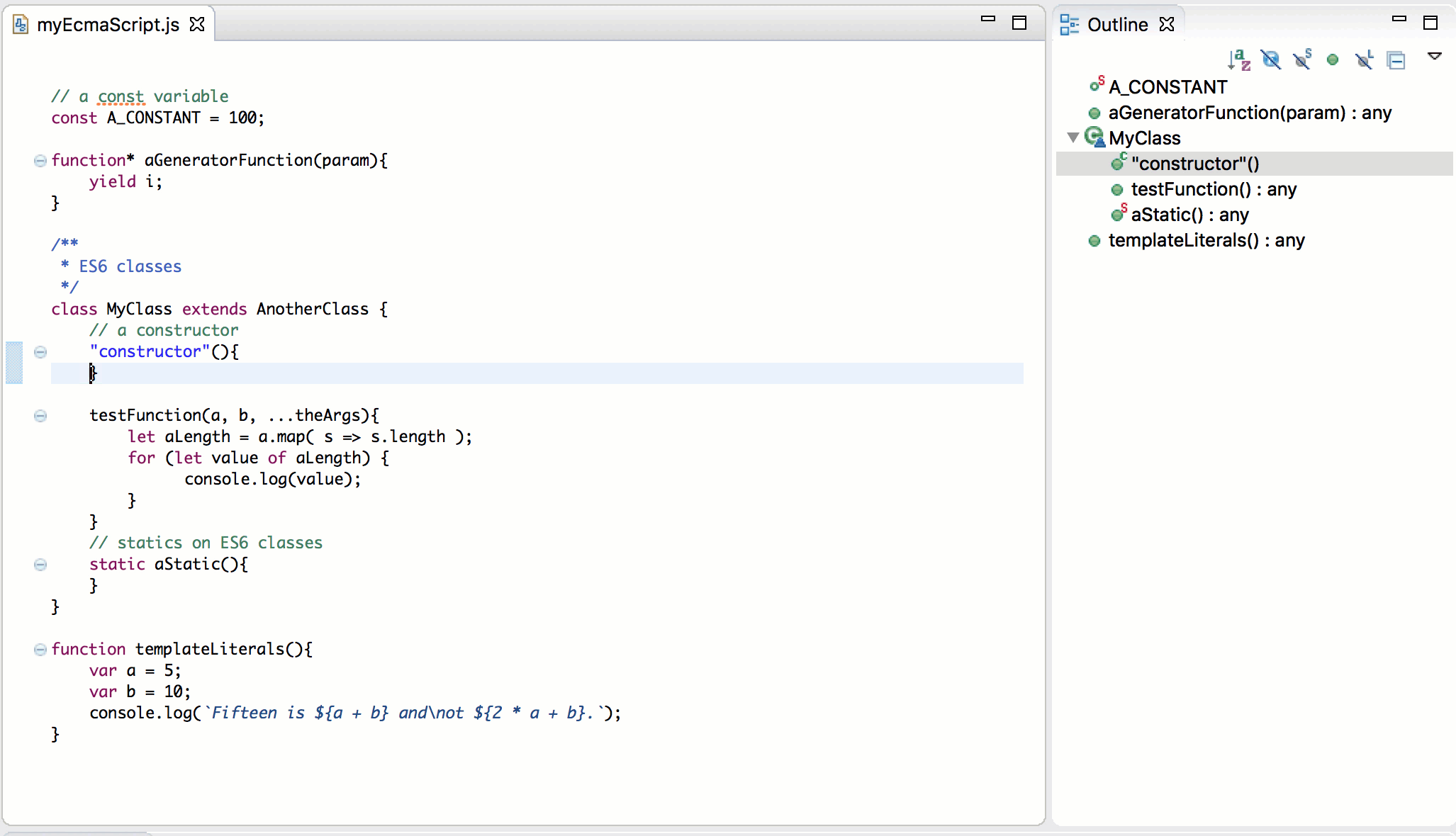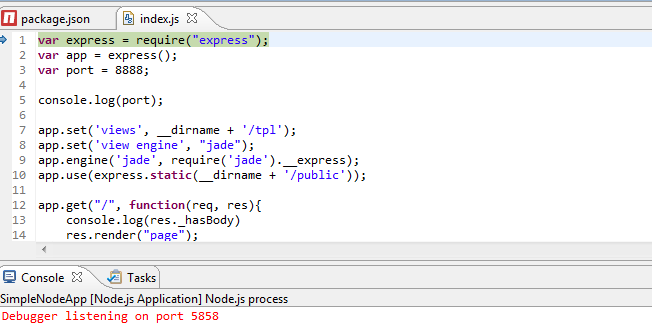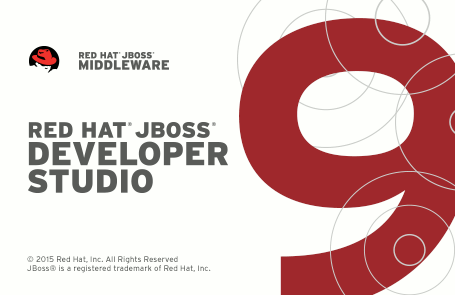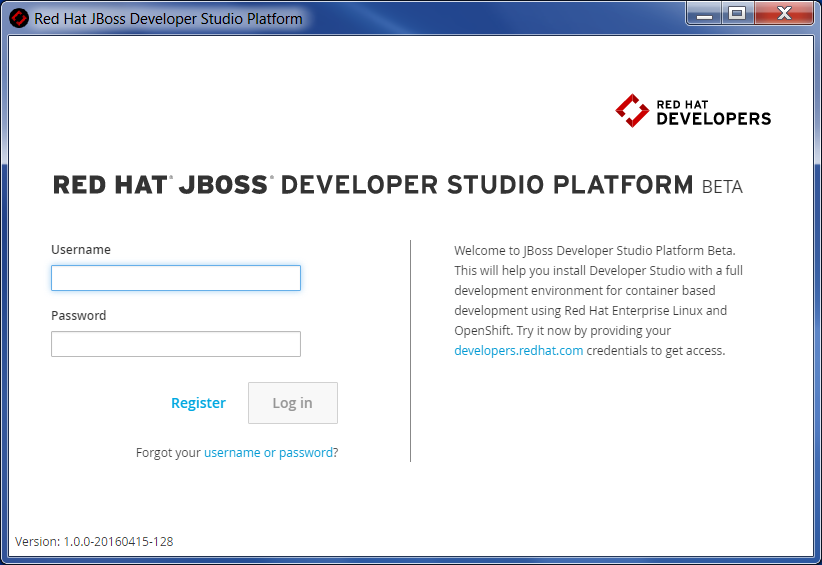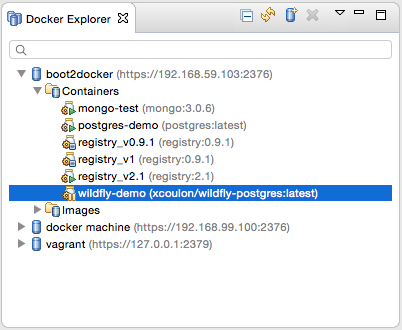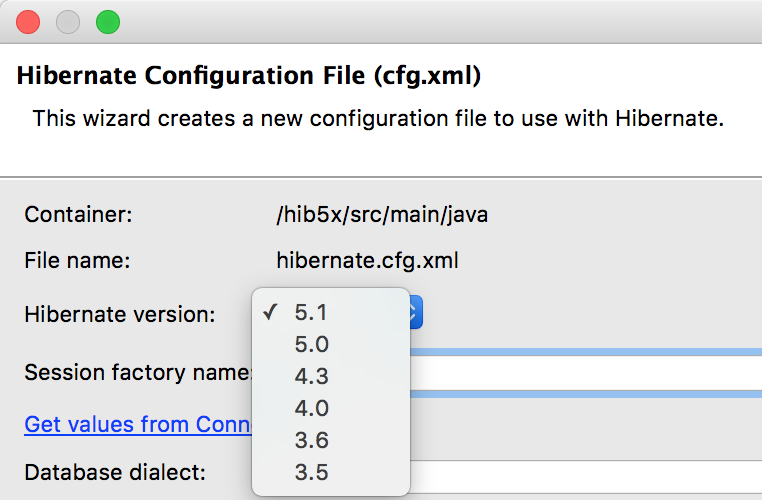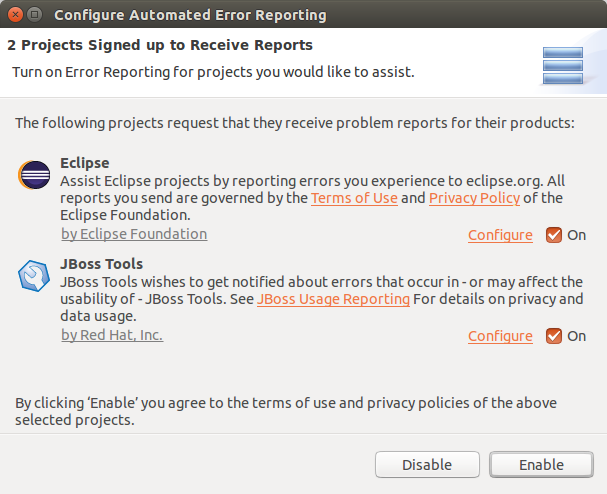Try our complete Eclipse-Mars capable, JBDS 9.1.0 compatible integration tooling.
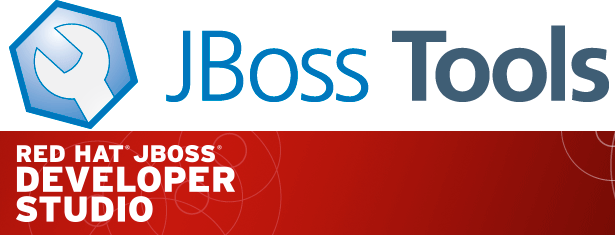
| Since JBoss Tools 4.3.0 we require Java 8 for the installation and use of all JBoss Tools, including the Integration Stack tooling. We still support developing and running applications using older Java runtimes. See more in Beta1 blog. |
JBoss Tools Integration Stack 4.3.2.Final / JBoss Developer Studio Integration Stack 9.0.2.GA
| All of the Integratioon Stack components have been verified to work with the same dependencies as JBoss Tools 4.3 and Developer Studio 9. |
What’s new for this release?
The highlight of this release is full Fuse tooling and SwitchYard support for Red Hat JBoss Fuse 6.3 on Eclipse Mars. Included in the Fuse Tooling enhancements is a new Fuse Integration Project wizard, an updated Visual Camel Editor and improvements to the validation of Camel files. See the Red Hat Developers Program blog for a view of the updated Fuse Tooling support in detail.
Released Tooling Highlights
JBoss Fuse Development Highlights
Fuse Tooling Highlights
See the Fuse Tooling section in the Resolved Issues Section of the Integration Stack 9.0.2.GA release notes.
SwitchYard Highlights
See the SwitchYard section in the Resolved Issues Section of the Integration Stack 9.0.2.GA release notes.
JBoss Business Process and Rules Development
BPMN2 Modeler Highlights
See the BPMN2 Modeler section in the Resolved Issues Section of the Integration Stack 9.0.2.GA release notes.
What’s an Integration Stack?
The Integration Stack for JBoss Developer Studio is a set of features and plugins for Eclipse that further enhances the IDE development functionality provided by JBoss Developer Studio. It’s where the Fuse Tooling, DataVirt Tooling and BRMS tooling is aggregated. The following frameworks are supported:
JBoss Fuse Development
-
Fuse Tooling - JBoss Fuse Development provides tooling for Red Hat JBoss Fuse. It features the latest versions of the Fuse Data Transformation tooling, SwitchYard and access to the Fuse SAP Tool Suite.
-
SwitchYard - A lightweight service delivery framework providing full lifecycle support for developing, deploying, and managing service-oriented applications.
JBoss Business Process and Rules Development
JBoss Business Process and Rules Development plug-ins provide design, debug and testing tooling for developing business processes for Red Hat JBoss BRMS and Red Hat JBoss BPM Suite.
-
BPEL Designer - Orchestrating your business processes.
-
BPMN2 Modeler - A graphical modeling tool which allows creation and editing of Business Process Modeling Notation diagrams using graphiti.
-
Drools - A Business Logic integration Platform which provides a unified and integrated platform for Rules, Workflow and Event Processing including KIE.
-
jBPM6 - A flexible Business Process Management (BPM) suite.
JBoss Data Virtualization Development
JBoss Data Virtualization Development plug-ins provide a graphical interface to manage various aspects of Red Hat JBoss Data Virtualization instances, including the ability to design virtual databases and interact with associated governance repositories.
-
Teiid Designer - A visual tool that enables rapid, model-driven definition, integration, management and testing of data services without programming using the Teiid runtime framework.
-
ModeShape - A distributed, hierarchical, transactional and consistent data store with support for queries, full-text search, events, versioning, references, and flexible and dynamic schemas. It is very fast, highly available, extremely scalable, and it is 100% open source.
| ModeShape is deprecated. |
JBoss Integration and SOA Development
JBoss Integration and SOA Development plug-ins provide tooling for developing, configuring and deploying BRMS, SwitchYard and Fuse applications to Red Hat JBoss Fuse Service Works, Red Hat JBoss Fuse and Fuse Fabric containers, Apache ServiceMix, and Apache Karaf instances.
-
All of the Business Process and Rules Development plugins, plus…
-
Fuse Apache Camel Tooling - A graphical tool for integrating software components that works with Apache ServiceMix, Apache ActiveMQ, Apache Camel and the FuseSource distributions.
-
SwitchYard - A lightweight service delivery framework providing full lifecycle support for developing, deploying, and managing service-oriented applications.
The JBoss Tools website features tab
Don’t miss the Features tab for up to date information on your favorite Integration Stack components.
Installation
The easiest way to install the Integration Stack components is to first install JBoss Tools 4.3.1 or JBoss Developer Studio 9.1.0 and then select the Software/Update tab in the JBoss Central view. There’s also a stand-alone installer available.
For a complete set of Integration Stack installation instructions, see Integration Stack Installation Instructions
Let us know!
Paul Leacu.
